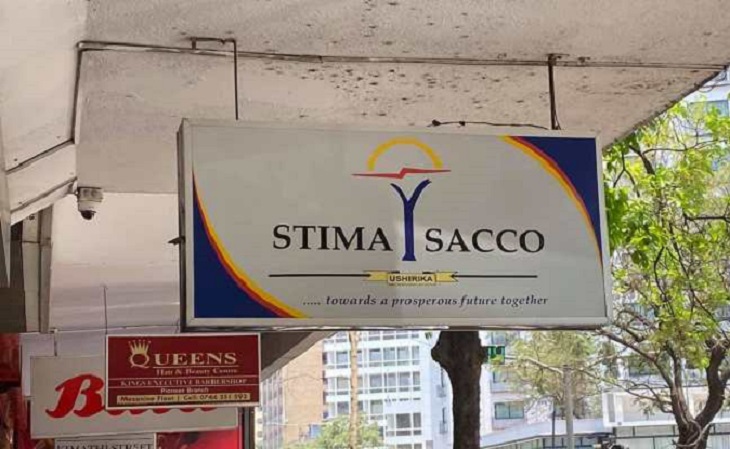In the past few days, virtually everyone has been talking about Sacco Dividends. Saccos around the country were releasing their annual financial results and announcing dividends to their members.
March has indeed been a good month for most Sacco members. The Saccos injected in excess of Kes 30 billion in the financial ecosystem in march alone, due to dividend payout, and more saccos are lined up to declare dividends and interest rebates up to the end of April.
Sacco businesses have gained popularity over the years around the country as an alternative form of financial institution. They have become vehicles that not only give people alternatives to invest in but access to affordable credit too.
Sacco, which stands for Savings and Credit Cooperative, is a type of financial institution where people with a common goal (members) pool their resources together to provide loans and savings services to each other. Some of the resources are invested in other income-generating activities, hence the dividends at the end of each financial year.
Despite the growing popularity of Saccos in Kenya, there is still a lack of understanding of how these businesses work, leading to misconceptions and myths that need to be demystified, and if possible, attract many members towards them.
One of the most common myths about Saccos is that they are only meant for people who cannot access traditional banking services. This is not true, as Saccos are designed to serve all members of society, regardless of their social & financial status.
In fact, Saccos offers a range of financial services such as savings, credit facilities, transactional accounts, fixed deposit accounts, safe custody of valuables, financial adversary services, ODs, checkbooks, and insurance services, which are often more affordable and accessible than those offered by traditional banks. Saccos such as Stima Sacco has been instrumental in enabling financial inclusion and promoting the savings culture in the country, contrary to the mentioned belief.
Another misconception is that Saccos are only for the rural population. Again, this is not true, as Saccos operate in both rural and urban areas of Kenya. In fact, some of the largest and most successful Saccos in Kenya are based in urban centers, such as Nairobi and Mombasa. At the same time, technology has made it possible for anyone to join a circle from anywhere across the country without having to physically present themselves at the Sacco premises.
There is also a belief that Saccos are poorly regulated and are not subject to the same standards as traditional banks. This is not true, as Saccos are regulated by the Sacco Societies Regulatory Authority (SASRA), which ensures that they adhere to strict regulatory and supervisory standards.
One of the key benefits of Saccos is their focus on the welfare of their members. Unlike traditional banks that are profit-driven, Saccos are member-owned and operated, which means that their main focus is on the needs and interests of their members. This leads to more personalized services, better interest rates, and more flexibility in terms of loan repayment.
It is also worth noting that Saccos have a long history in Kenya, with the first Sacco being established in 1928. Since then, Saccos have grown to become an important part of the Kenyan economy, with over 3 million Kenyans being members of Saccos. This growth has been facilitated by the government’s support for Saccos, which has included tax incentives and the provision of technical support.
In conclusion, Saccos are an important alternative form of a financial institution in Kenya that offer affordable and accessible financial services to all members of society. While there may be misconceptions and myths surrounding Saccos, it is important to demystify them and appreciate the vital role that Saccos play in promoting financial inclusion and economic development in Kenya.

